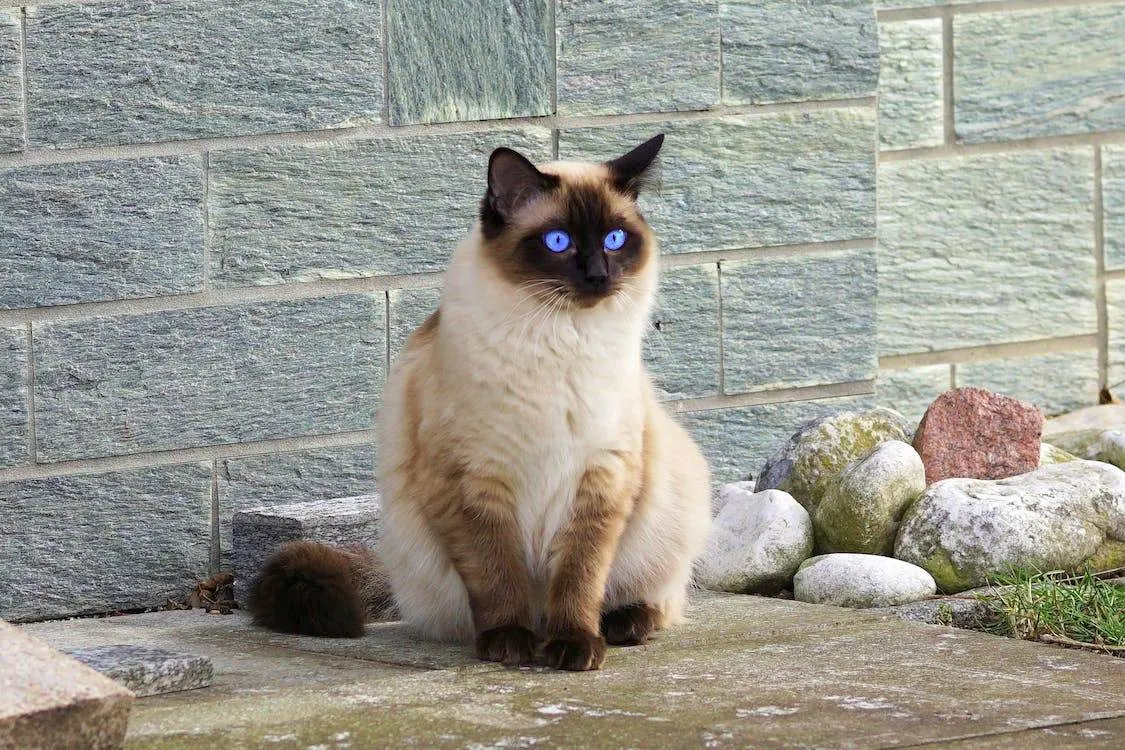Cats, with their enigmatic eyes and graceful agility, have woven themselves into the fabric of human civilization for millennia. Serving roles that range from sacred companions to indispensable hunters, they have left paw prints on the pages of history that continue to be felt today. Some cat breeds, in particular, have deeper ancestral roots that can be traced back to ancient times. These breeds carry with them tales of bygone eras, having charmed people through ages past. Here, we present ten of these ancient cat breeds that still grace our lives today, embodying both history and mystery in their swish of a tail.
Egyptian Mau
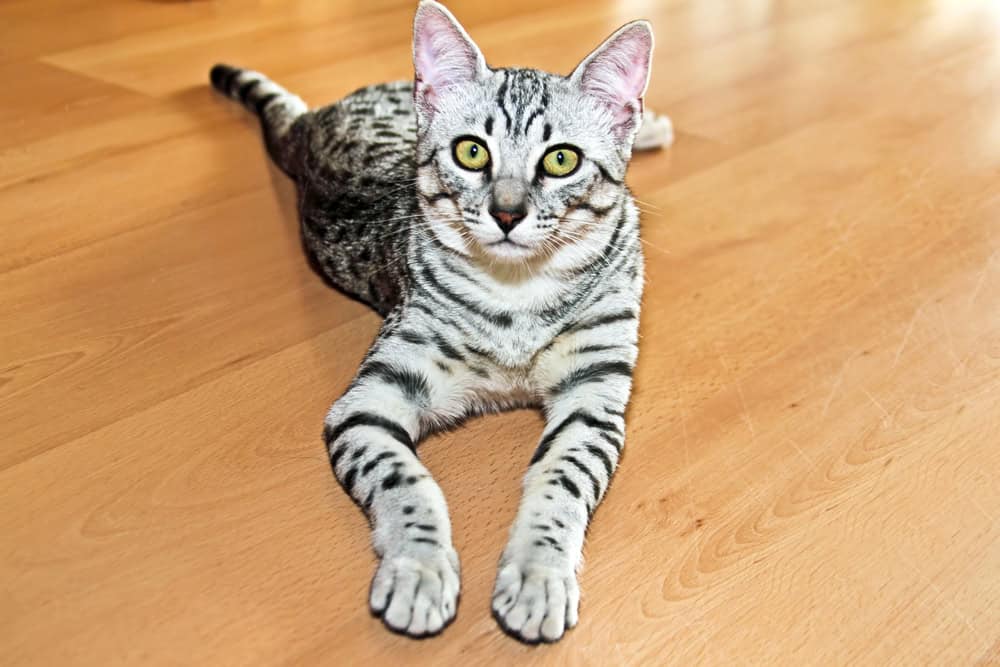
The Egyptian Mau stands as a testament to the feline’s storied past. Revered in ancient Egypt as sacred animals, these cats were companions of pharaohs and were often depicted in tomb drawings that date back several thousand years. Distinct due to their elegant spotted coats and striking green eyes, the Egyptian Mau is known for its speed and agility, traits that made it adept at hunting and surviving in the wild. With a playful yet somewhat reserved demeanor, the Egyptian Mau today captivates cat lovers with its charismatic presence and affectionate nature.
Siamese

Originating from what is now Thailand, the Siamese cat was once considered noble and divine, often found residing in temples and palaces. Recognizable by their sleek, short coats and striking blue eyes, Siamese cats are as vocal as they are beautiful, known for their distinctive vocalizations that communicate their desires to their human counterparts. This breed’s affectionate and social nature makes them enduring favorites in households around the world, continuing a legacy of companionship that has endured for centuries.
Persian

The Persian cat, as royal as its name suggests, is a breed of glamorous fur and gentle demeanor. With origins sometimes traced back to ancient Persia (modern-day Iran), these cats were cherished by nobility for their luxurious coats and serene dispositions. Today, Persians remain beloved for their affectionate nature and docile temperament, making them ideal lap cats that enjoy the tranquility of human company. The breed’s characteristic flat face and expressive eyes have become iconic in the feline world.
Abyssinian

The Abyssinian cat is another breed with ancient roots, often associated with the cats depicted in Egyptian art. Renowned for its slender, muscular frame and ticked tabby coat, this cat is one of the oldest known breeds. Abyssinians are inquisitive, intelligent, and energetic, bringing a playful yet sophisticated aura to any household. Their animated personalities and love of exploration make them a cherished companion for those who enjoy a cat with a bit of spark and vitality.
Korat

Hailing from Thailand, the Korat cat holds a special place in history as a symbol of good luck. Traditionally given as a marital gift to bring prosperity and fertility, the breed’s shimmering silver-blue coat was and still is deeply admired. Known for its affectionate yet assertive personality, the Korat delights those who seek a loyal and protective companion. Though relatively rare outside of its native land, the breed’s striking appearance and engaging mannerisms continue to win over cat enthusiasts worldwide.
Turkish Angora
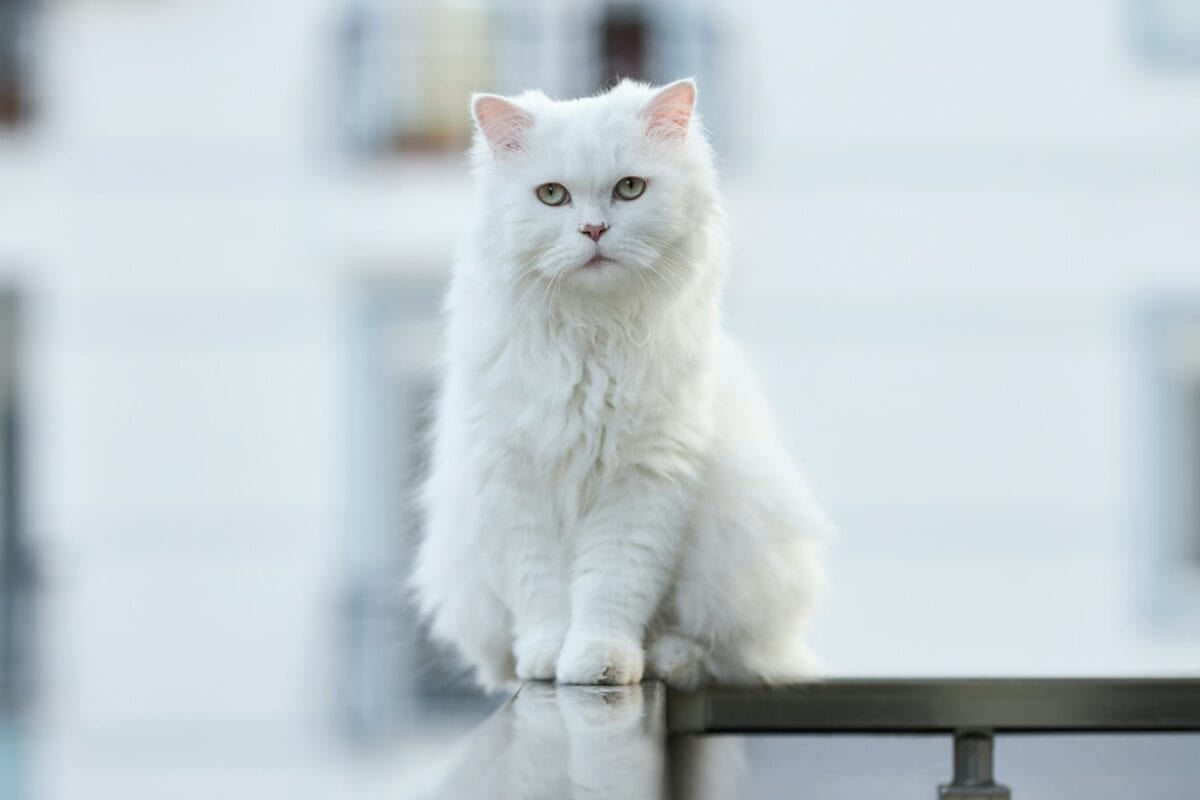
Elegant and sophisticated, the Turkish Angora was first noticed in the mountainous regions of Turkey. These cats were historically courted by royal families and are often mentioned in the writings of European explorers. The Turkish Angora is best known for its stunning white coat and its vibrant personality. Typically sociable and gentle, these cats enjoy interacting with humans and other pets. Despite their luxurious appearance, Turkish Angoras are agile and playful, embodying both grace and spiritedness.
Japanese Bobtail
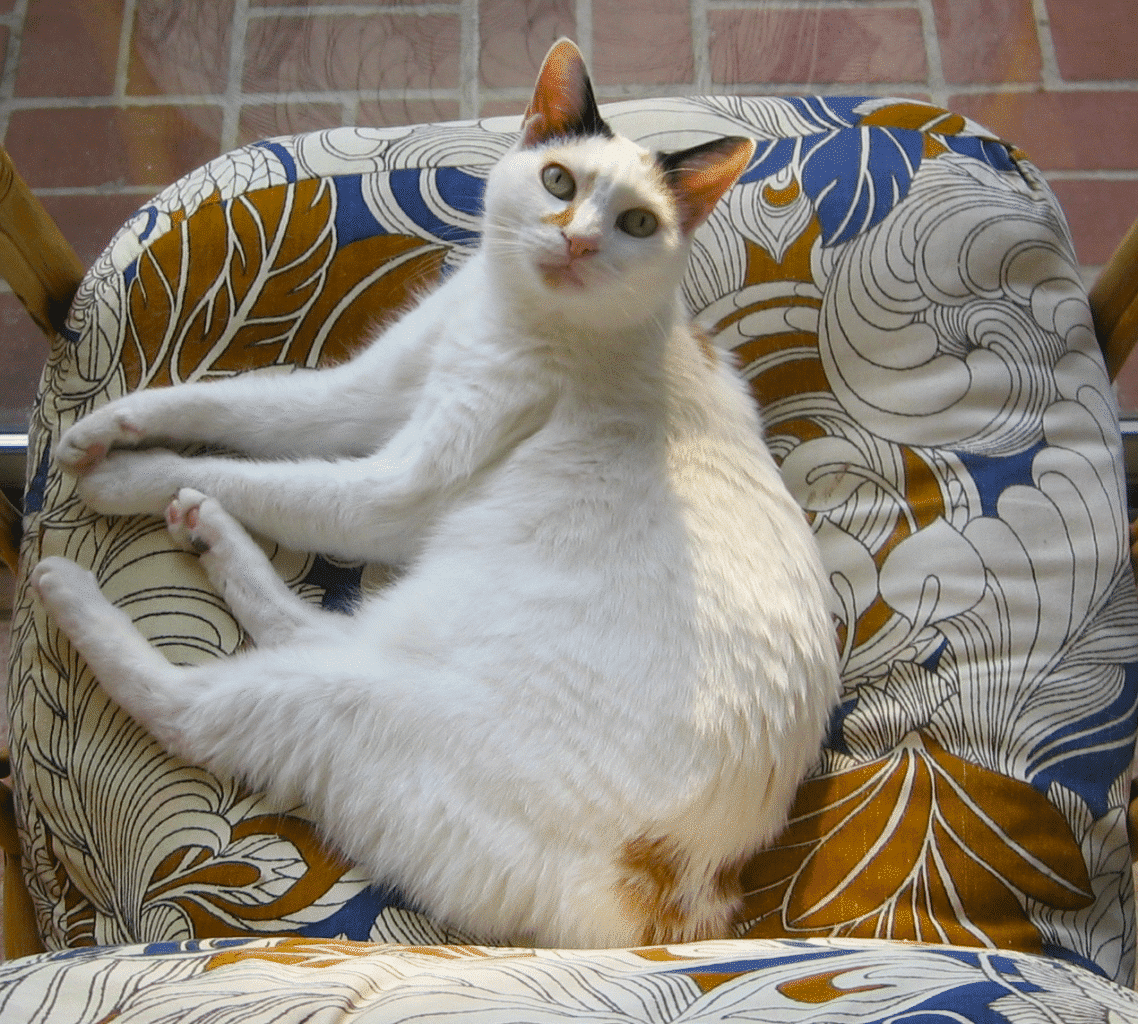
As ancient as Japanese culture itself, the Japanese Bobtail is a breed steeped in folklore and tradition. Known for their distinctively stubby tails, these cats were believed to ward off evil spirits and bring good fortune. Their appearances in traditional art and literature underpin their significance in Japanese culture. The Japanese Bobtail is outgoing and friendly, often forming strong bonds with humans. Their love of play, expressive communication, and affectionate demeanor continue to enchant those who share their lives with these unique felines.
Nebelung

With ethereal beauty that mirrors its name, the Nebelung cat is somewhat newer by historical standards but is believed to descend from Russian longhairs. Known for their long, dense coats of silvery-blue fur, these cats possess an air of mystery and delicacy. The Nebelung is gentle and reserved, often choosing its favorite humans with care. Once they develop a bond, they are affectionate and loyal, providing quiet companionship to those who appreciate their serene presence.
Norse Forest Cat

The Norse Forest Cat, sometimes referred to as the Skogkatt, is a breed steeped in Nordic mythology. These cats were seen as companions of Viking seafarers, believed to bring luck on voyages. With a robust build and a thick, water-repellent coat, they are well-suited to harsh climates. While they may have lived in the wild for centuries, today’s Norse Forest Cats are known for their adaptability, combining independence with affection, and making a devoted addition to any family.
Manx
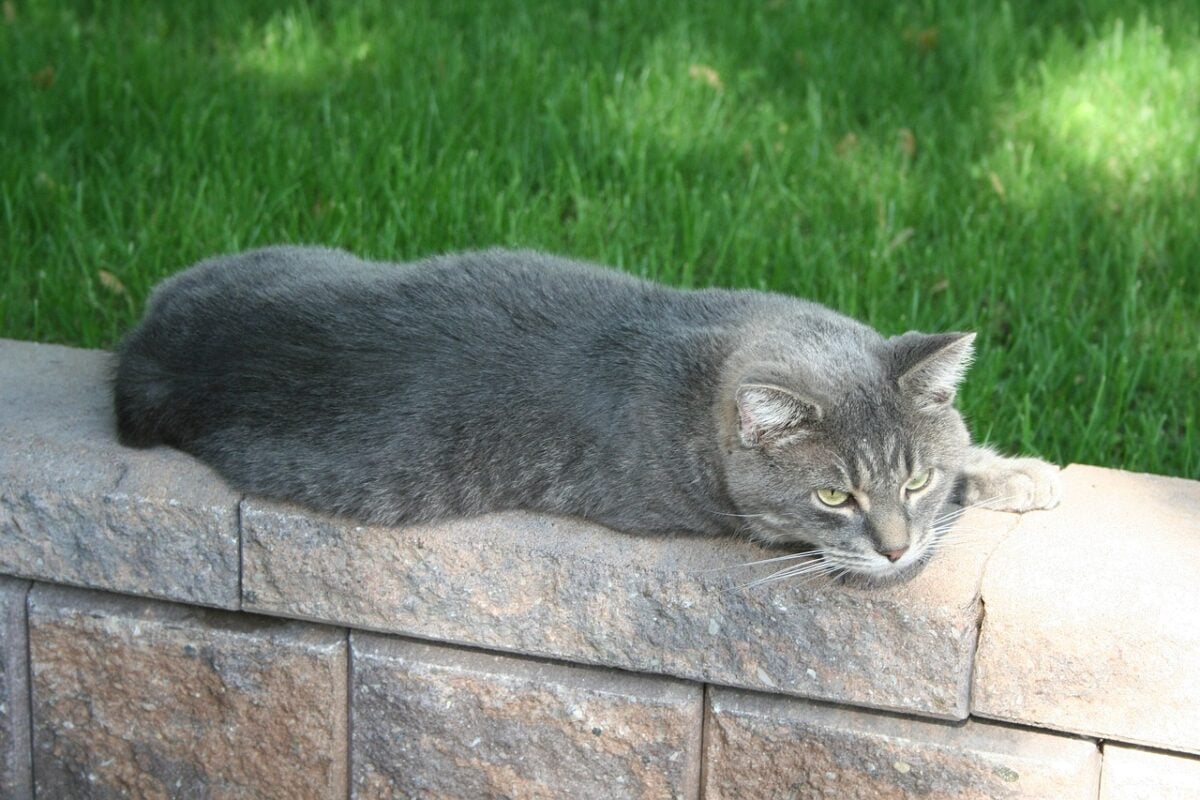
Originating from the Isle of Man in the Irish Sea, the Manx is readily recognized by its lack of a tail. Legends speak of its unique appearance being the result of a late arrival to Noah’s Ark. Regardless of origin story, the Manx is adaptable, with a balanced temperament that is both playful and tolerant. They boast a strong physique and enjoy a healthy dose of play and interaction, making them an engaging and active member of any household.
The Importance of Preserving Ancient Breeds
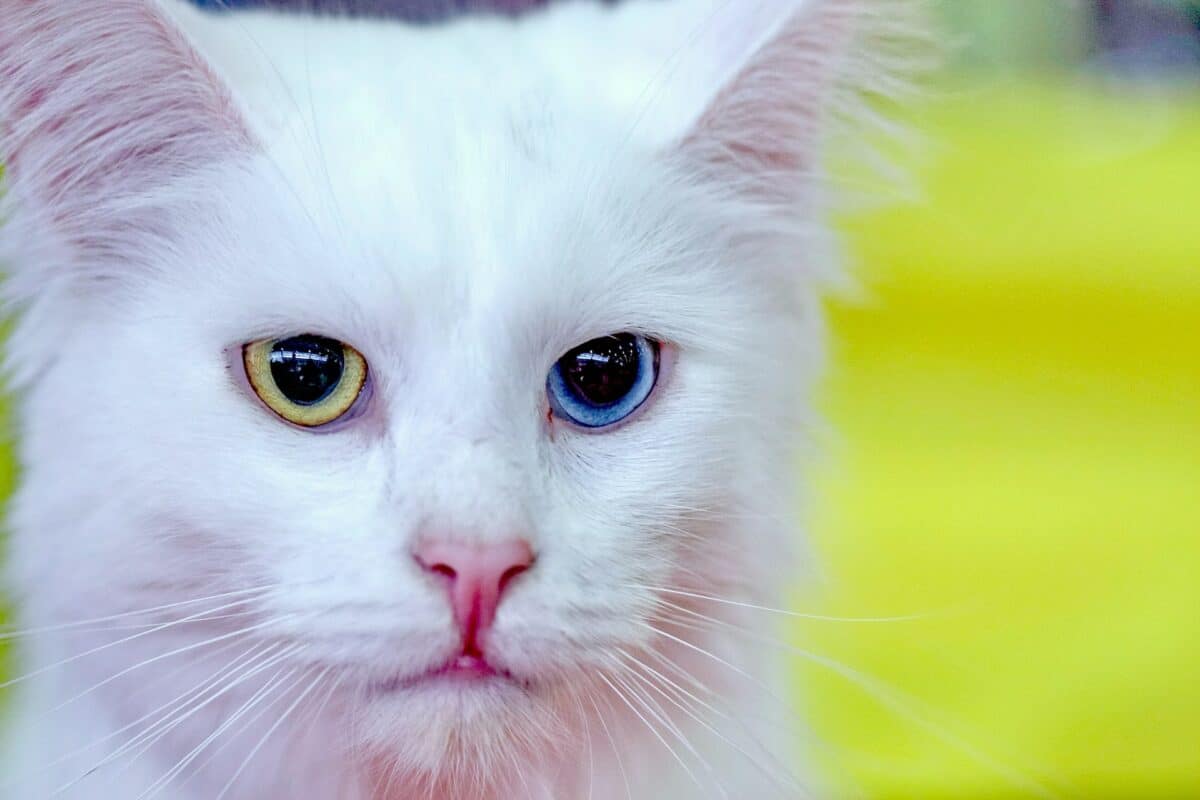
The continuity of these ancient cat breeds offers more than just an association with history. By maintaining these genetic lineages, we preserve a unique connection to the world’s cultural past, ensuring that future generations can continue to experience the beauty and diversity that these ancient lines have to offer. Preservation efforts and breed-specific rescues play key roles in this endeavor, safeguarding both the physical and genetic aspects of these extraordinary animals.
Finding Your Historical Companion

Whether you are captivated by the dignified Persian’s grace or the Abyssinian’s lively antics, exploring the allure of ancient cat breeds offers a window into a world where cats were revered, and their companionship cherished across cultures and centuries. Choosing to share your life with one of these historical companions is not only a commitment to understanding their unique characteristics but a pledge to safeguard their ongoing legacy.
In conclusion, the ancient cat breeds that walk among us today are living chronicles of human history, each carrying stories from a distant past into our current lives. As we open our homes and hearts to these remarkable creatures, we continue a timeless tradition of feline admiration and companionship, enriching our world with their soulful gaze and gentle purr.
- 10 Ancient Cat Breeds That Still Exist Today - August 12, 2025
- Why World Wildlife Day Matters & 9 Shocking Facts About Animal Decline - August 12, 2025
- Take a Walk On the Lion’s Side of Life - August 12, 2025

